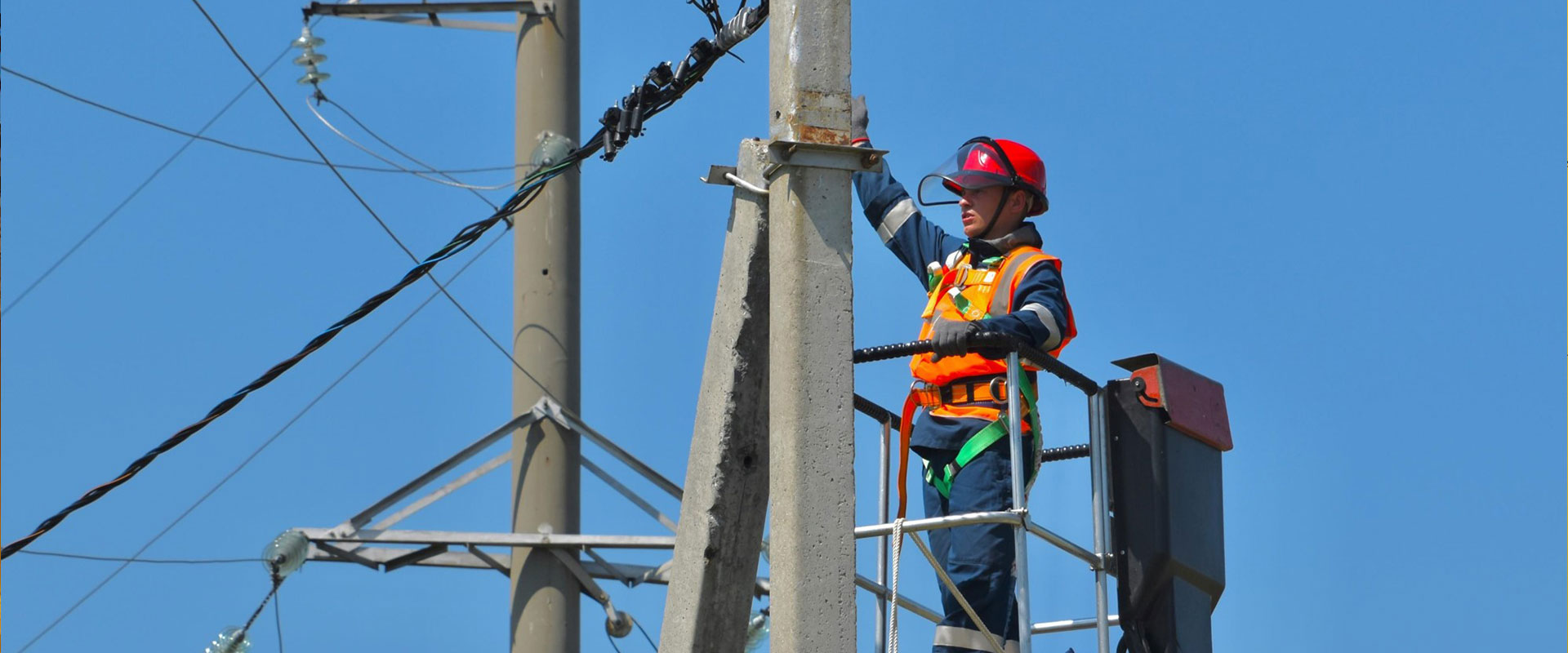Unearthing Powerful Potential of Battery Storage For Renewable Energy in India
With growing solar PV installations and further gaining up in renewable power capacity additions clubbed with the enticing business for electric vehicles in India, the rationale behind the battery energy storage systems (BESS) is certain to embellish and gather momentum in the country. The storage market is already making sustained gains and is expected to flourish with near term market size of close $160 Billion and grow further to $ 300 Billion by 2030. Interestingly this entire energy storage market shall see BESS being the largest contributor in terms of share of above 50% globally. This shall be no different in India either and shall not be a surprise that it might stand scaled up to 70-75% in the country. Having said that with India being still in the nascent phase for the BESS there are certain push elements desired for the market gain momentum and unwind its entire market potential in the country for there are terrific benefits for its application.
Storage Business Case is Massive in Near Future With Close to USD 160 Billion Cumulative Market Size Globally, With India Set to be the Leading Contributor
Storage Business Case Attractive Indices for Near Future – Off-Grid & Grid Scale Installations

The stability of the power grid depends on various actors working in concert to maintain a balance between electricity supply and demand. Traditionally, electricity assets are categorized based on their function; i.e., generation, transmission, or distribution. Storage systems differ in that they have the ability to balance supply and demand across the segments that comprise the value chain. The new control points offered by storage systems enable operators to selectively respond to fluctuations in grid inputs and outputs. Such functionality is essential to realizing the vision of “smart cities” where producers and consumers are equally informed and equipped to respond to market dynamics in real-time. However, many electrical grids were not originally designed to accommodate assets that can both generate and consume electricity. The implications of two-way power flow and the role of energy storage within a modern electricity ecosystem have been studied by many institutions.
Energy Storage and its Application across the Power Sector Key Value Chain

Li-Ion Module Cost Trends & Outlook

Share of Major Cost Components for BESS in terms of MWh from 2012 to 2025 (Forecast)

Levelized Cost of Storage as per front-of-the-meter (FTM) & back-of-the-meter (BTM) Application

Comparison of Unsubsidized Levelized Cost of Storage (LCOS) (In USD/kWh) for FTM Application

Comparison of Unsubsidized Levelized Cost of Storage (LCOS) (In USD/kWh) for BTM Application

Market Estimates for Li-Ion Battery in USD & MW – For FTM & BTM Applications till 2030

Creating Competitive Landscape for Battery Energy Storage in India
Three integrated development stages planned by the government of India can actually address barriers that exist to growing a competitive battery manufacturing industry in India:
STAGE I
- Incentivize and encourage direct investment in the growth of a battery pack assembly industry;
- Develop partnerships and a multi-stakeholder consortium for joint research, investment pooling, and development of battery technology and battery recycling;
- Form a consortium to serve as a resource to government and industry on future action plans for recycling, battery standardization, and end-to-end strategy;
- Individual companies selectively pursue battery cell manufacturing where a business exists;
STAGE II
- Consortium leverages research results from battery cell research to advise and help develop cell manufacturing growth
- Consortium establishes best-practice plans for end-to-end battery manufacturing (including cells) and recycling in India, considering investments in current and evolving battery chemistry;
- Development of supply chain connected to consortium battery manufacturing strategy;
STAGE III
- Consortium-led coordination between battery manufacturing and countrywide infrastructure (charging, swapping, recycling,etc.);
- Rapid scaling of battery cell manufacturing infrastructure through investment strategies, coordination with OEMs, incentives and policies, and coordination with existing battery assembly industry;
These stages are pathways to support the development and build-out of manufacturing capability over time. Each stage represents a key aspect of India’s potential long-term battery manufacturing opportunity. Throughout these stages, government and industry actions will need to be coordinated to align strategic priorities, manage interconnections, and organize and prioritize research efforts for maximum benefit to India’s economy and society.







